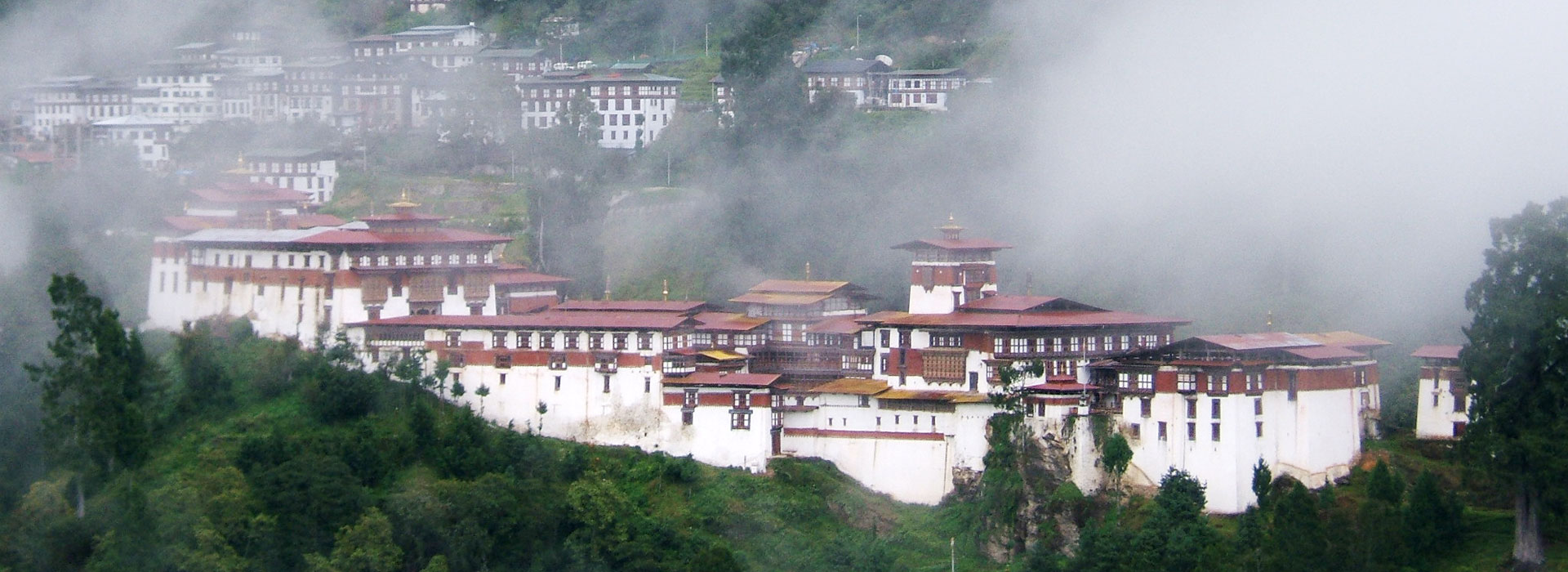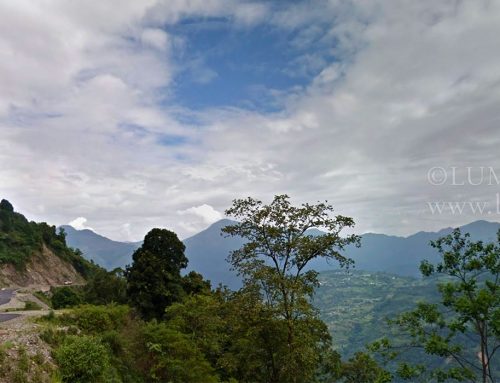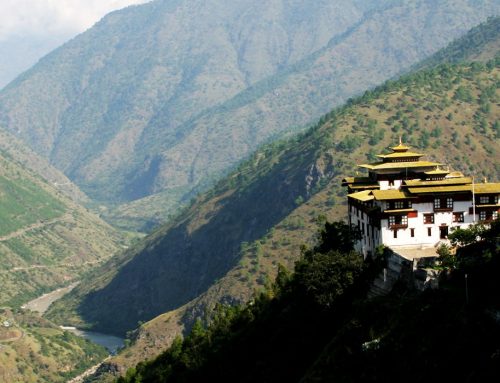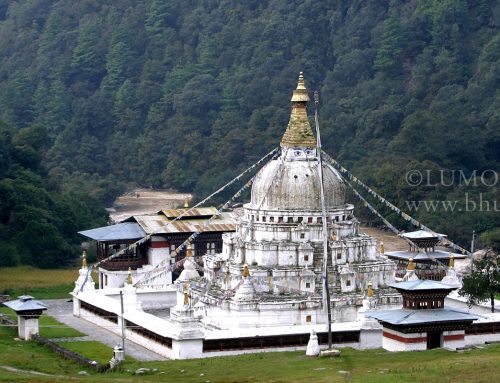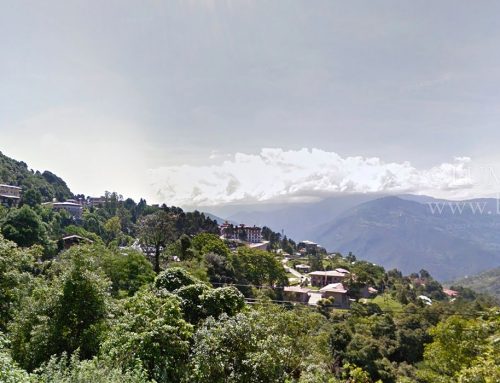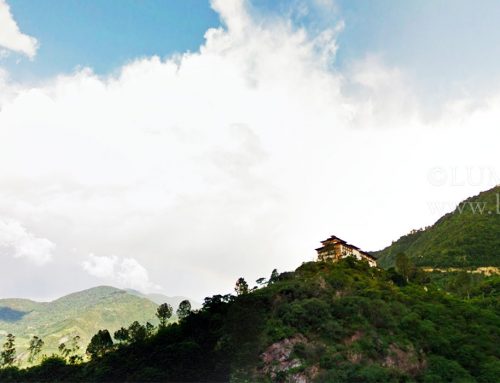Trongsa carries the old heartbeat of ancient Bhutan. The district is historically significant and has close connection to the lineage of Bhutan’s kings. This importance is reflected today in the fact that all Kings of Bhutan are first instituted as the Trongsa Penlop before they assume the Golden Throne.
The district has one of the rarest ethnic groups of Bhutanese called the Monpas. There are only 261 of them in the entire country and are considered to be among the oldest inhabitants of Bhutan. The largest ethnic group, called the Mangdips, speaks the Mangdipkha.
The sprawling red-roofed Trongsa Dzong, where the investiture ceremony of the Trongsa Penlop takes place, was built by Chogyal Minjur Tempa in 1647. The dzong is the ancestral home of Bhutan’s royal family. The dzong houses the Zim Khang or sleeping quarters of His Majesty the second King Jigme Wangchuck.
The Ta Dzong or ‘Watch Tower’, which sits on a promontory above the town, was recently converted into the Monarchy Museum. Among the region’s other significant structures are the Kuenga Rabten Palace, Nubji Lhakhang, Eundu Chholing Palace, Thruepang Palace, and the Chendebji Stupa.
Rice and maize is the staple of the region. The people grow maize, paddy rice, millet, and buckwheat. The Jigmi Singye Wangchuck National Park is home to several wildlife species like Red Panda, Golden Langur, Sambar, Musk Deer, Himalayan Black Bear, and Bengal Tiger.
Places of Interest: Trongsa Dzong, Monarchy Museum, Chendebji Stupa, Kadam Lhakhang, Innchholing Lhakhang, Drala Goemba, Kuenga Rabten Palace, Langthel Waterfall.


